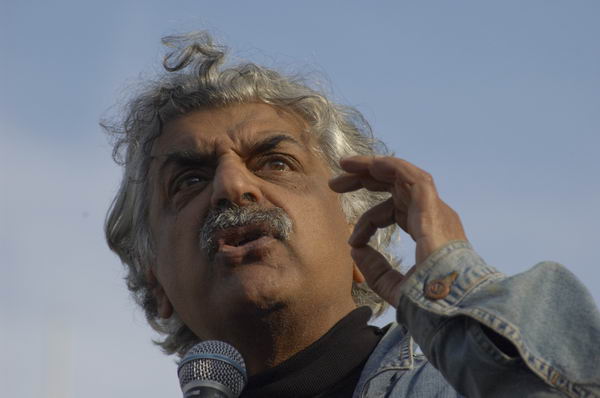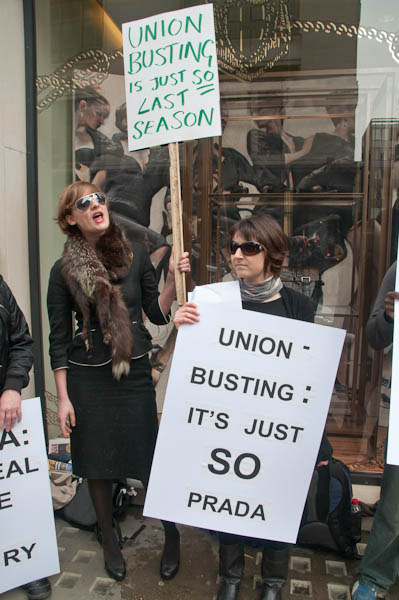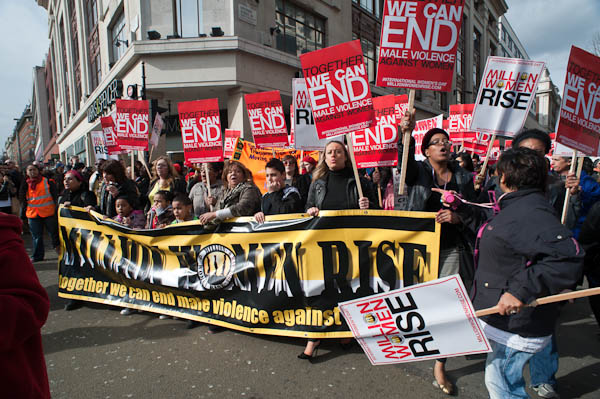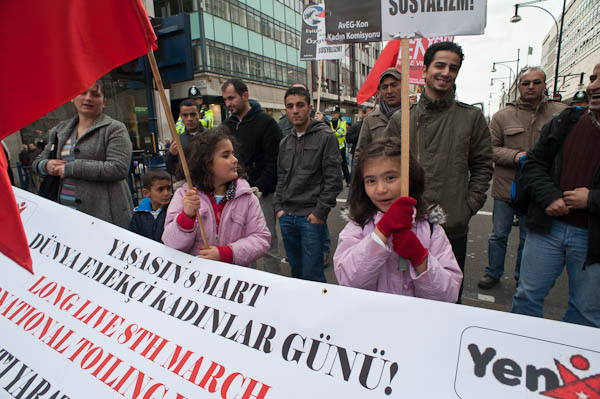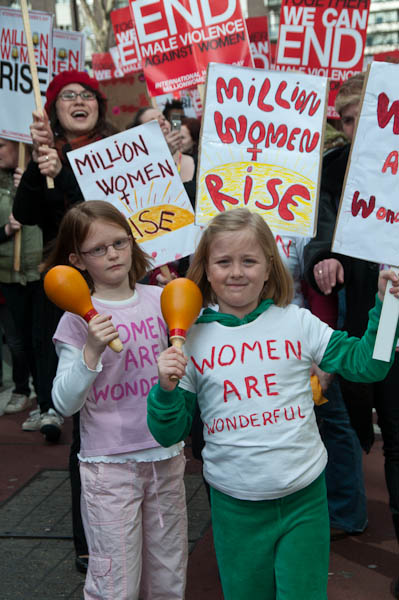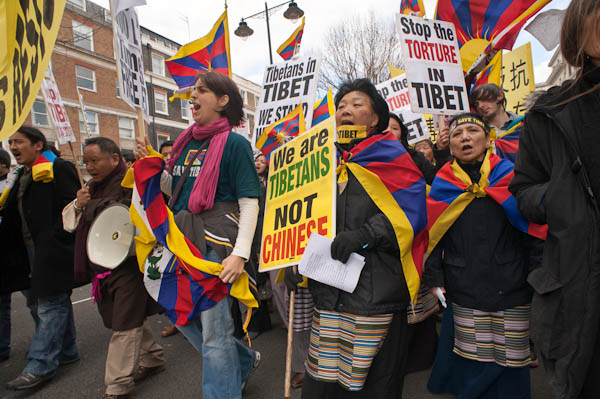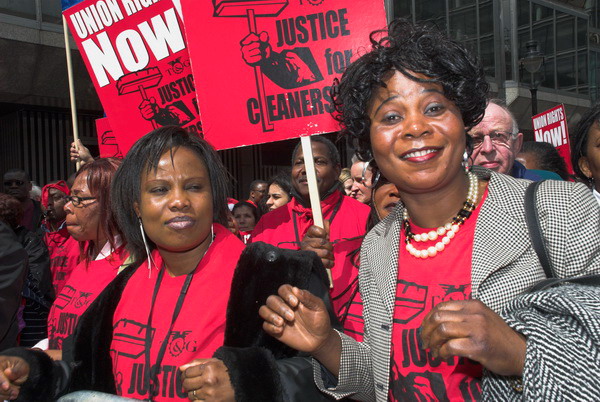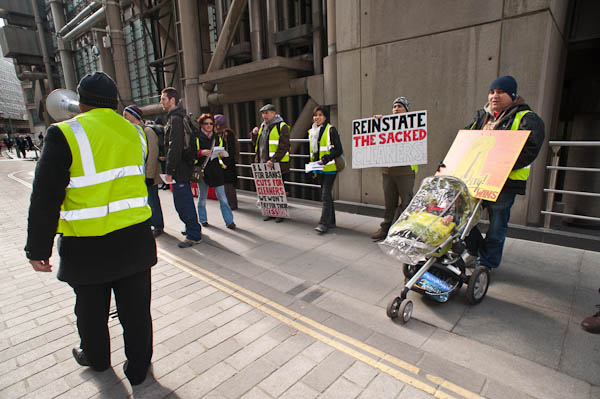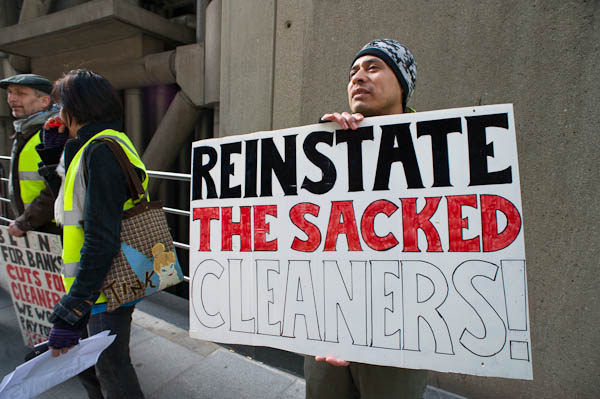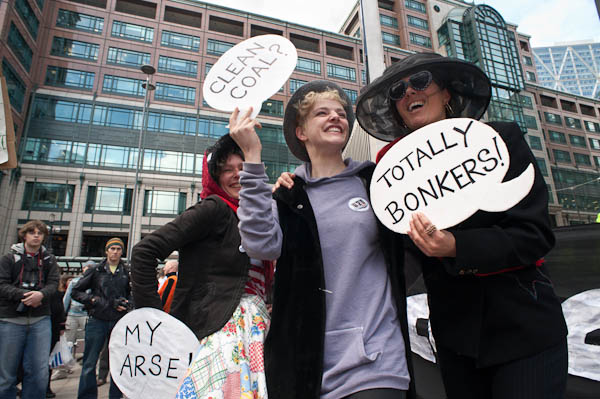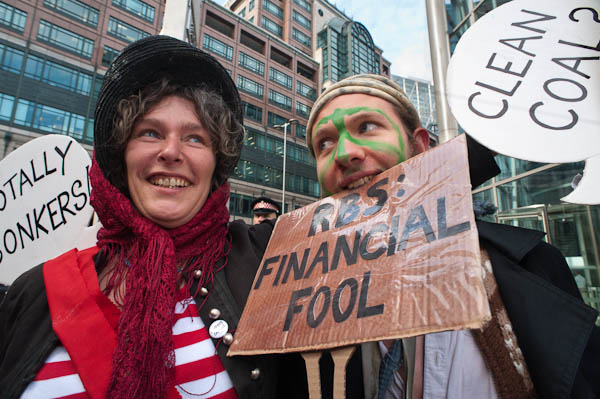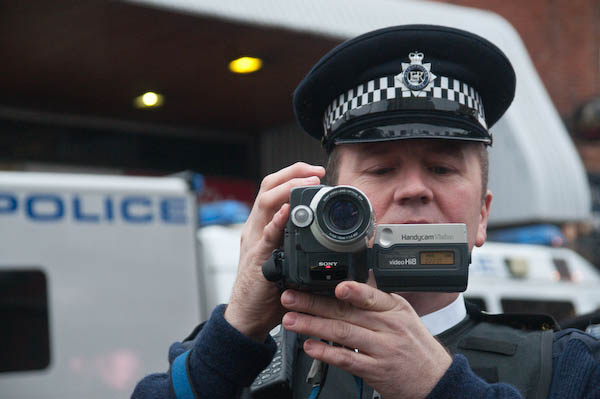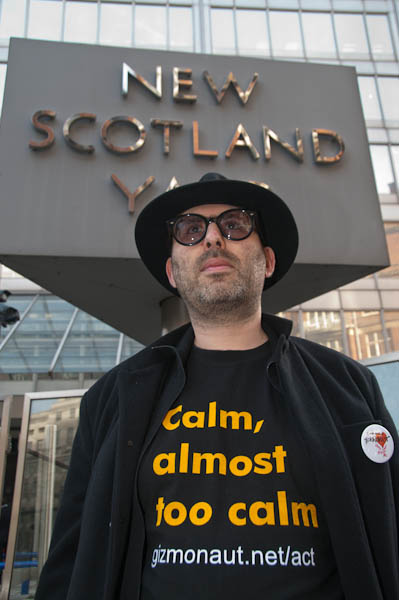Someone asked me yesterday evening if I took portraits. I found it a difficult question, though I do often take pictures of people. And some I think aren’t bad. But I rarely if ever have the luxury of being able to work with someone – at least for more than a few seconds, or to direct them or light them carefully in the way that traditional portrait photographers might.
It is of course a matter of choice. Although I can appreciate – for example – the portraits by great masters of the art such as Bill Brandt, the kind of deliberate and planned approach in much of his best work just isn’t my style. Most people probably know the story of the oil lamp in a picture taken for ‘Picture Post’ of a sea-captain in Liverpool; when the editor commented how fortunate he was to have found the man had such a lamp in his room, Brandt replied that he had taken it with him from London for the picture. And when he arranged to meet Frances Bacon at a particular time in the early evening on Primrose Hill, there seems little doubt that the picture he made – one of his finest – was already more or less present in his mind.
Then there are the more formal portraitists who I don’t find particularly of interest – except for some rare moments. People such as Karsh, Arnold Newman and others, whose work I can admire for its technical competence but with a few exceptions leaves me cold. Somehow I don’t think photography is really suited to this kind of formal portraiture, which suffers greatly from inviting itself to be compared with portrait painting.
Photography is much more concerned with capturing the fleeting moment, the look or gesture that perhaps gives an insight into the person. Of course there are great photographs of people that do this, and even some taken on large-format cameras. Paul Strand was one of the masters of this, in so many of his images. You can read an interesting description of his taking a portrait of Katie Morag Morrison in South Uist by John Morrison on the Scotland site, and her picture is one of the 32 by Strand on the Fine Art Photography Masters site (she is the 27th picture in the album for the impatient – but why deny yourself the pleasure of looking through the others before and after. ) Others have decribed the experience of standing in front of his camera a little differently, as a long process in which Strand more or less seemed to ignore them, simply waiting for the moment when he felt they were ready, composed (or as some put it, bored – but they don’t look bored in the images.)
At the ‘One Law For All’ rally at Trafalgar Square on Saturday, against any introduction of Sharia law into the UK, the speakers were far from bored. It was an event where relatively little else was happening, and I was concentrating on them, photographing and trying to catch moments when expression or body-language seemed to speak to me.
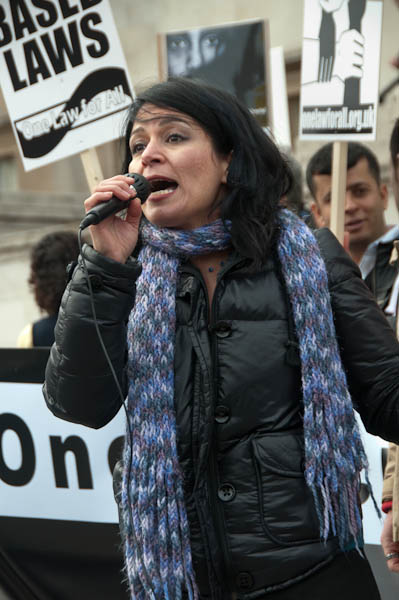
The placards for the event provided some lively and relevant background. For once I worked without any flash fill, using fairly long focal lengths to give some differential focus. Here are a couple of the results – and there are a few more (evenincluding some of men, although it was an International Women’s Day event) on My London Diary, where you can also read more about the event.
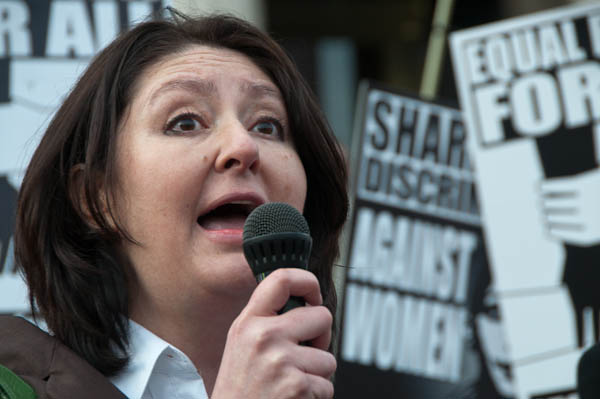
And sometimes I take one that isn’t bad – like this picture of Tariq Ali in Trafalgar Square a few years ago:
